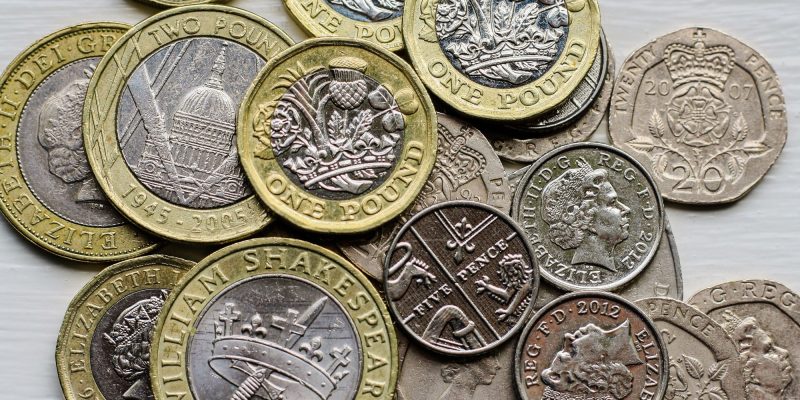
Autumn 2022 Budget
23/11/2022
Income tax bands frozen until April 2028
Income tax rates and personal tax allowances will remain at the same level until at least April 2028 as part of the fiscal ‘drag’, resulting in more workers falling into higher tax brackets as wages increase with inflation. Meanwhile, the threshold at which people start paying the top 45% top rate of Income tax will be reduced from £150,000 to £125,140. National Insurance and inheritance tax thresholds will also be frozen until April 2028, meaning the amount businesses and individuals pay will increase.
Pension & benefits
Both pensions and benefits will rise in line with inflation, maintaining the pensions ‘triple lock’. The full state pension will rise to £10,600 in April 2023, meaning protection of the triple lock ensures pensions cannot be overtaken by the rate of inflation and cost of living crisis.
Capital gains & Dividend allowances
Tax-free allowances for dividend and capital gains tax is due to be cut over the next two years. The Dividend allowance will reduce to £1,000 from April 2023 and then £500 from April 2024, while the Capital Gains Allowance will reduce from £12,300 to £6,000 per year from April 2023, and then down to £3,000 from April 2024. The dividend allowance cut will not be popular with company directors and shareholders, so we would encourage you to contact us to discuss other tax-advantageous ways of drawing money from a limited company.
Stamp Duty Land Tax
On 23 September 2022, the government increased the nil-rate thresholds of SDLT from £125,000 to £250,000 for all purchasers of residential property in England and Northern Ireland and increased the nil-rate threshold for first time buyers from £300,000 to £425,000. This cut will remain in place until 31 March 2025.
Other changes such as the Energy Profits Levy and Electricity Generator Levy, R&D tax reliefs, and taxation of electric vehicles have also been applied. Please contact us for detailed information on these.
- Share: Tweet
